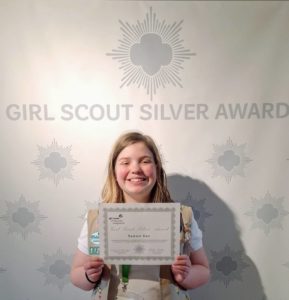Gone are the days of Cornell, two-column notes. Note taking is no longer just a sequential presentation of a summary of information. These note taking methods for creative learners give new, innovative ways to present information.

Note Taking Methods for Creative Learners
Sketch-noting
A popular method of note taking, sketch-noting, involves using images and words to illustrate learning. Sketch-noting can start simple with doodles or elementary sketches depicting ideas from lectures or readings, or they can get more complicated when students actually study how to take creative sketch-notes by practicing drawing certain icons or images.
Some sketch-noters prefer to take their note taking to a digital format using apps on iOS such as ProCreate for iOS and Android friendly-apps like Adobe Sketch. Whether in electronic form or using a notebook, sketch-noting engages both sides of the brain to help learners remember content.
Webbing
Mind mapping or webbing is another way creative learners can take notes. Students start by drawing a circle with the main topic. Details branch out with lines and additional circles to form a summary of the entire discussion or reading. Webbing shows how ideas connect together. Images and words can also be used with this method.
Although many students prefer to web on paper, apps like Popplet for iPad or MindMeister for web, Android, and iOS platforms, are incredible digital tools to form mind maps or webs.
Go Audio
Have your student get permission from the lecturer to record their presentations. Listening to a discussion or lecture after hearing it the first time may be a more effective way for your creative learner to recall and put into practice what they’ve learned. For students who are auditory learners, this will help them hear the material a second time and discern what is most important.
After listening to the material, the student will write down the most important facts for their notes. Engaging the kinesthetic side in the physical act of writing as well as the linguistic intelligence through the words being written will help the student use multiple intelligences to remember what they’ve heard in the lecture.
These note taking methods for creative learners can be used and adapted for any grade level, from young children to adults. In fact, first graders often begin pre-writing narrative and expository essays by webbing, a strategy that adults often use in the work world. Since these methods are transferable to different levels of learning, it’s advantageous to teach these methods to creative learners early, so they may decide what works best for them!
Other college posts you might find useful:
- 5 Things You Think You Know about College Scholarships {but Really Don’t}
- Money Saving Tips For College Students
- How to Keep Your College Scholarships and Deadlines Organized
- 6 Tips for Applying for College Scholarships
- Tips For Effective Note Taking In Class
- 10 Activities that Look Great on a Scholarship Application

What Visiters Had To Say